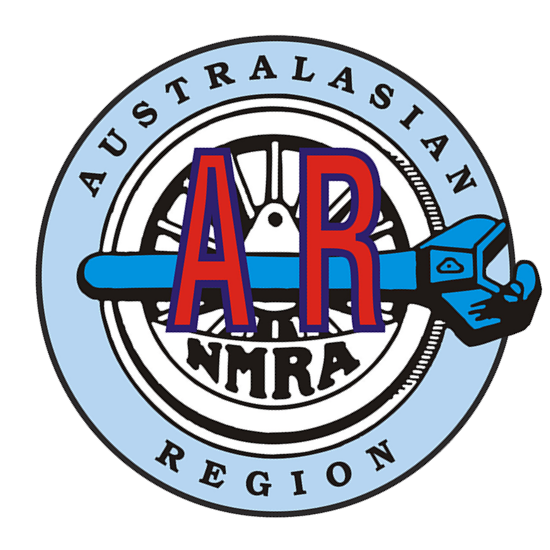Contact
By Arthur Hayes – MMR
If you’ve been modelling for some time you will most likely recall the good old days when rollingstock came with plastic wheelsets and your wagons didn’t roll all that well. Metal wheels mounted in Delrin/acetal plastic side frames came along and improved things dramatically including highlighting where your layout was not level. It didn’t take long before most modellers changed out their plastic wheels for metal.
Modelling a 12 mm system, any wheelset was worth a pot of gold and one took every opportunity to purchase them when they became available for future projects. After exchanging all my plastic wheelsets for metal, plus what I had for future projects and what I had been given, left me with a box of wheels no longer required. From time to time I would look at the box and ask myself “what are you going to do with them”. I know what Kerrie would say, “toss them” and few other kind words. The box would go back on the shelf until next time I was looking for something.
Some time back I added a wagon maintenance depot to the layout 1, to set the scene this gave me an opportunity to use a few on the wheelset.

Recently I was researching a project and looking through various photos when the penny dropped what I could do with the plastic wheelsets. With the introduction of a wheel lathe at Redbank Workshops, the life of wheelset could be extended. This called for special wagons to carry wheels between workshops and maintenance depots. Over the years that followed lathes were installed in other workshops which lead to wagons being allocated to carry wheels around in their division. Over time older wagons were replaced with newer wagons, drawhook wagons were replaced with auto coupler wagons, all were converted from wagons no longer require for the purpose they were built for.
The first wagons to be converted for this traffic were 4 wheeled open wagon, entering service in 1970. The wagon could carry 13 wheelsets with 33½” wheels, 9 on the floor and 4 on top. Wooden blocks were required for smaller wheelsets.
As I often put loads in wagons, I find the information on the carrying capacity of the 4 wheeled wagon was interesting. 13 wheelsets on a wagon that can carry 11½ tons, that makes a wheelset just under a ton, or around 18 Cwt an axle. I understood cast bogies were around 4 tons with the wheelsets being about 1 ton each. I had an 8 wheeled open wagon looking for a load, the wagon didn’t have inside detail. I would think wheelsets were moved around the network before the introduction of the wheel wagons 3. An open wagon would be suitable for the job. The wagon I was going to use 2 had can carry 12 tons plus an allowable 1½ ton overload, 13 wheelsets as above would give a full load within the carrying capacity. The wheelset would have been chocked with old sleepers making the loading process a bit messy and time consuming, with extra wheelsets moving over the network as a result of the lathes would be a good reason for a special wagon. The open wagon would better suit my era. The black plastic wheelset were given a coat of burnt umber to give a more realistic used look.


In later years, the loading configuration was alerted on the wagons working out of Redbank. Wheelsets were loaded across the wagon 4, I guess this was to allow loading/unloading using forklifts.


The wheelsets were sprayed with a grey etch primer. The tyres were hand painted with “Model Color” gunmetal. Some weathering was added using earth colours and rust. Wheelsets are secured with web straps on the prototype, my straps are cut from a yellow plastic shopping bag, the bag was cut into 1 mm strips, and the strips were glued into place over the axles with super glue. I use wheelsets of different sizes and a mix of disc and spoked for most of my loads. Looking at later periods and certain areas, wheels going and coming from the coal fields etc., the wheelsets would all be the same type and diameter.
To put my box of wheels 5 to good use and to use other bits (bogies) in the cupboard, WHW wagons were built. The wagons were scratch built from styrene similar to other platform wagons on the layout. The plastic wheels are black and would not look right if placed on a wagon.






Buffers were added to the models, plans for the wagon show buffers fitted. I would think given the period that WHW wagons entered service these wagons may have entered service without buffers.
Trust the article has inspired you to do something “out of the box” for your railway.….
Acknowledgements:
QR Plan books
Aurizon Wagon data information
Reproduced from MainLine volume 38 – 1
